How to make liquid soap at home?

Liquid soap is considered one of the most popular hygiene products. They buy and make it on their own, and this process is creative and exciting. The material of this article will tell you how to make liquid soap at home and what you need to know about the nuances of work.

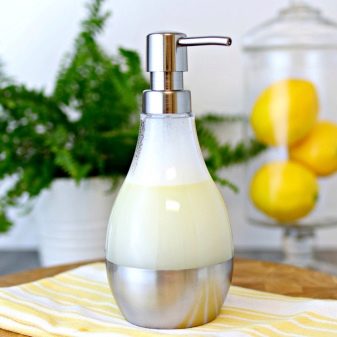
Peculiarities
Liquid soap is an alternative to solid soap. Due to the dispenser of the bottle, the liquid product is dosed into the hand, which explains its cost-effectiveness. Hygienic soap, which is made at home, differs from store counterparts in the absence of a large number of harmful ingredients. It is created for a specific skin type, taking into account its characteristics. Therefore, it does not harm the skin, but, on the contrary, has a cleansing and caring effect.
In most cases, store-bought soaps are made on the basis of surfactants, include antibacterial components, fragrances and oils. Homemade liquid soap with natural additives is considered a relatively natural product. There are no surfactants (surfactants) in it, and therefore even small children can use it.
Soap also differs in effect. It can not only cleanse the skin, but also provide its layers with nutrients.
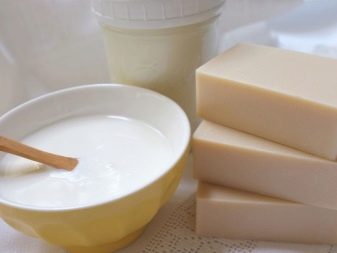
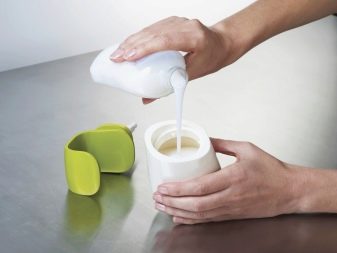
Advantages and disadvantages
Homemade liquid soap has a lot merits.
- It is a hygiene product, on which harmful microbes cannot settle, as happens on solid soap.
- The tool is easy to use due to a bottle with a dispenser in which it is placed.
- Most of the products of such cosmetics, in addition to providing hygiene, has a cosmetic effect, this soap is good for the skin.
- It does not irritate the skin since it does not have a huge concentration of alkali.
- This is a great gift for yourself and loved ones, it is not difficult to make it. It does not require large costs to make, the ingredients are inexpensive.
- Liquid soap only in rare cases, it can cause allergies.
- At will, the soap can become scrubbing cosmetics, which is achieved by adding the appropriate components to it.

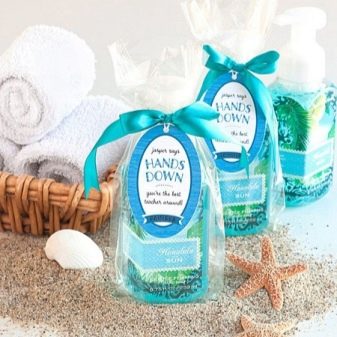
However, in addition to the advantages, a liquid product prepared at home has there are also disadvantages:
- with an inattention to the composition, it can dry the lipid layer of the skin;
- it does not always have a pleasant aroma, and the addition of fragrances deprives the composition of its naturalness;
- such a remedy is not always suitable for sensitive skin, especially for the face;
- liquid soap washes away dirt from the skin worse than a solid analogue, while it is often recruited more than necessary by pressing the dispenser several times for one wash.

What is necessary?
In order to make liquid soap with your own hands, you will need regular soap and water... In addition, the recipe may include vegetable oils, esters, and plant extracts. For example, olive, coconut, cocoa, shea, almond, wheat germ oil is added to it. Depending on the purpose for which a home detergent is created, it can be made from ordinary lumpy, solid laundry soap or a soap base.
For manufacturing, they can take not only lumpy soap, often liquid soap is made from remnants. Moreover, the manufacturing technique sometimes does without cooking at all.
As additional ingredients, you can include glycerin, honey, food coloring, lemon juice, jojoba oil, blue clay, dry chamomile flowers.
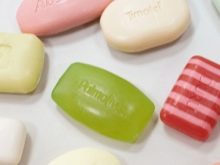

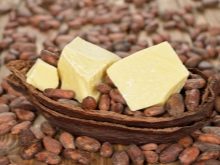
The nuances of the composition
Liquid soap, in addition to nutritive and essential oils, may include fillers as well as flavorings... Nutrient oils can be liquid or solid, but both are important because they contain vitamins and acid complexes. It is they who provide nutrition and protection to the skin. However, they must be included in the composition in dosage so as not to spoil the quality and appearance. Fillers, which include clay, honey, as well as other vitamin complexes, directly affect the effect of the product.
Someone uses small ornaments to enhance decorative qualities, however, their relevance is far from always justified.
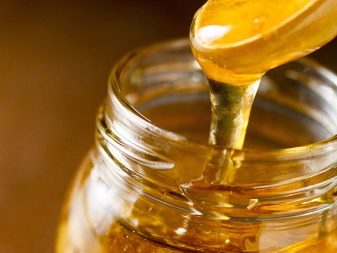
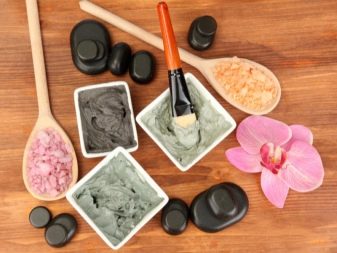
Essential oils in moderation give homemade liquid soaps a pleasant scent and make them therapeutic and therapeutic. However, when including essential oils in liquid soap, it must be remembered that their high concentration leads to allergies. Flavors - optional components of the composition... They are used to give soap a pleasant scent. At the same time, they often try to use components of natural origin.
If the composition already contains ether, the fragrance may not be needed at all.

Recipes
You can make liquid soap based on simple and complex recipes. Let's consider a few of the most popular options.
From ordinary soap
This method is considered one of the simplest and fastest, and therefore it is in demand among many novice soapmakers. To make liquid soap, take:
- a piece of plain soap or remnants - 300 g;
- glycerin - a tablespoon;
- half a liter of water;
- tincture of calendula - 2 tablespoons.
Pre-dried pieces of soap are grated and diluted with water, then placed in a water bath and brought to a boil. Remove the foam in a timely manner, add glycerin and calendula tincture, bought at a pharmacy, just before boiling. The mass should boil for no more than two minutes, otherwise it will thicken. It is removed from the stove and insisted for a day, closed.
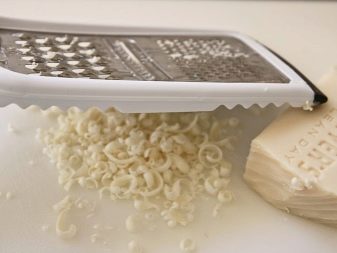

From the nursery
For the manufacture of caring cosmetics you need to prepare:
- two dried orange peels;
- orange oil ether - 10-12 drops;
- glycerin - 12-15 ml;
- honey - 1 teaspoon;
- baby soap - 500 g;
- litere of water.
They start cooking with the crusts: they are boiled for 10 minutes, then the water is cooled and filtered. Grated soap is added to it, put on fire again and stir constantly, waiting for complete dissolution.
As soon as the water boils, the rest of the ingredients are added to it. If the mass becomes thick during cooking, you can add more water. After combining all components and stirring, the mixture is removed for infusion. After a day, soap can be used.
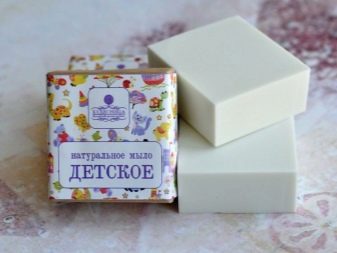

From the economic
The recipe for this soap includes:
- laundry soap - 200 g;
- boiling water - 15 ml, more is possible;
- table vinegar;
- castor and olive oil - 1 tablespoon each;
- honey - 1 tablespoon;
- chlorophyllipt and any vitamin - 1 teaspoon each;
- a few drops of lavender essential oil;
- baby cream - a teaspoon.
The bar is grated, poured with water and infused for 2 hours, then honey, oils are added to the mass and mixed again. The composition includes vinegar, glycerin, chlorophyllipt and vitamins, mix everything in a mixer.
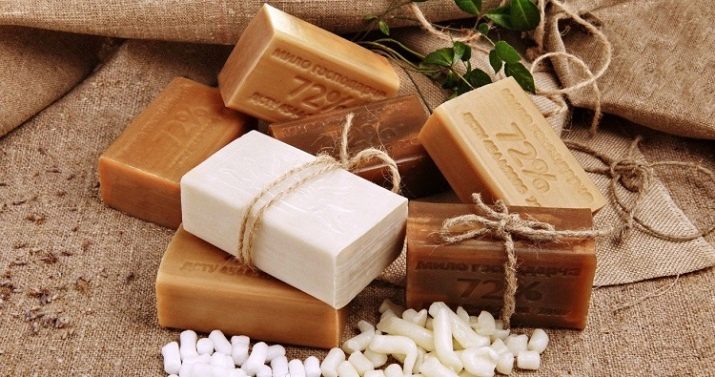
With vodka
You can also cook dishwashing detergent. You need to prepare:
- a bar of dark laundry soap;
- glycerin - 4 tablespoons;
- water - half a liter;
- vodka - 1 tablespoon.
The soap is crushed, poured with hot water and insisted to dissolve. Then vodka and glycerin are added to it, after which they are cooled and poured into a container for use.
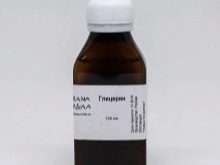

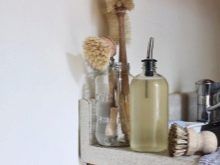
Tar
To make liquid tar soap at home, you need to take the following ingredients in selected ratios:
- potash paste - 20%;
- glycerin - 10%;
- birch tar - 6%;
- water - 63%;
- preservative Euxyl PE 9010 - 1%.
Take potassium paste, add glycerin and heat the resulting mass in a water bath. When the mixture becomes viscous and homogeneous, hot water is poured into it, stirring continuously. Tar and preservative are added, the mass is poured into a bottle.
If you want to do on the basis of tar soap dishwashing detergent, then the piece is grated and combined with water, heating in a water bath. After that, the mass is cooled and poured into a previously prepared container. This product cleans dishes until they squeak.
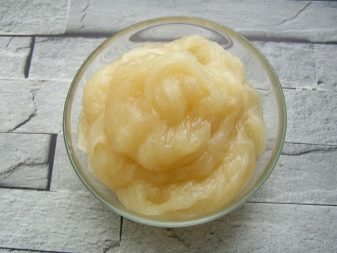

Without cooking
To make such a soap, you need to grate 300 g of remnants on a fine grater, combine with glycerin (5-7 drops per 200 g of remnants) and 4-5 drops of citric acid. Next, the mass is poured with boiling water, making sure that the consistency of the mixture turns out to be thick. The mass is stirred until uniform, after which it is poured into a prepared container, removed to a cool dark place, where it is stored for two days.
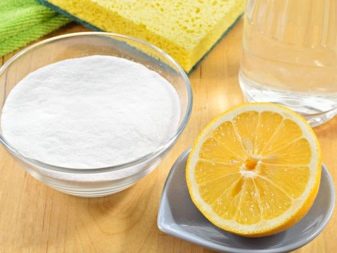
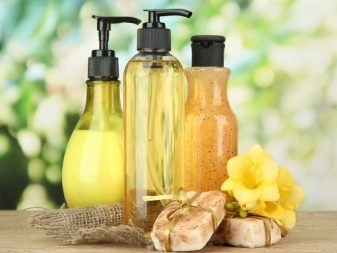
From a soap base
As in the previous recipe, such a hygiene product does not need to be boiled either. Milk and honey liquid soap is an excellent care product that helps preserve the youthfulness of the facial skin. Such a product is made from the following ingredients:
- soap base - 300 ml;
- powdered milk - 5 g;
- honey - 1 teaspoon;
- castor oil - 5 ml;
- ylang-ylang ether - 3 drops;
- water.
Dissolve milk powder in water, add honey and oils, mix. After that, a soap base is added to the mass. This soap is stored in the refrigerator and can be used no more than two weeks from the date of manufacture.
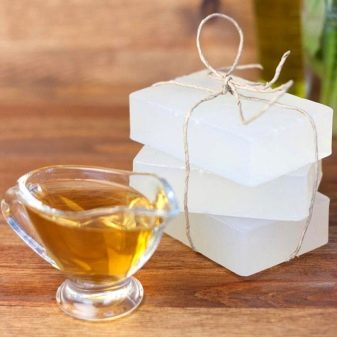
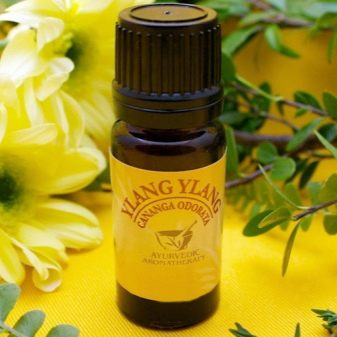
What is important to consider?
The recipe for making liquid soap does not differ by chance. It depends on the purpose of the product. For example, cleansing soaps are made from regular antibacterial soaps. If you need a detergent for washing dishes or certain household items, it is made on the basis of household, glycerin-free. It should be borne in mind that soap is different and the higher the percentage of its fat content, the more effectively it removes dirt.
In addition, not everyone knows that the effectiveness of laundry soap will increase if its consistency is liquid.
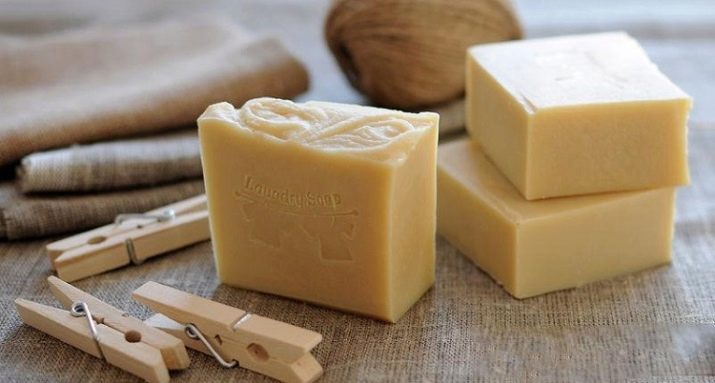
Since novice soapmakers may have questions or failures when mastering the basics of making liquid soap, you can arm yourself with tips that simplify the process and helping to achieve a quality result.
- You can't digest the soap because this changes its consistency. If, on the contrary, it turns out to be too liquid, you can evaporate excess moisture on the fire.
- In order not to be afraid of thickening liquid soap, you can add calendula or chamomile tincture to it during cooking.
- Dyes are added solely for aesthetic purposes. At the same time, they are used drop by drop so that the soap does not paint the skin. If a child uses soap, the dye should not be included in the soap.
- Liquid composition for washing dishes, face and body is different. The selection of components must be thoughtful and thorough.
- The proportions of the composition cannot be ignored, so as not to harm the health of the skin. You need to purchase a dispenser that will eliminate such misses.
- You cannot make the fire big, this is a violation of technology. During cooking, it is necessary to constantly stir the mass and remove the foam.
- If you are using lye, add it to the water right away.so that no dangerous chemical reaction occurs.
- Homemade soap is prepared in small portions. Due to the naturalness of its composition, it will deteriorate faster than the store counterpart.
- Non-boiled recipes should have a lower product yield, but at the same time it is impossible to reduce the volume of glycerin included in the composition.
- Pour the resulting soap into containers you can after cooling it or after 2 hours. It is from this moment that the period of use begins.
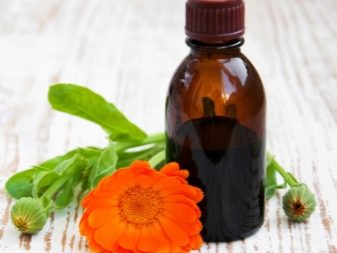
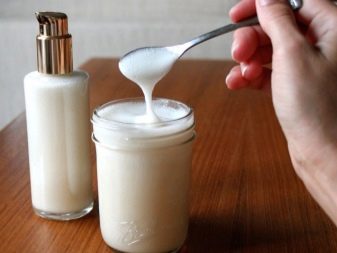
How to store?
Like any hygienic detergent, homemade liquid soap has its own storage nuances. For example, given its composition and manufacturing method, it should not be stored in a steam room or a bath. In addition, such a product should not be exposed to direct sunlight, and therefore it is better that it stands in a cabinet for hygiene products.
Sometimes the product does not withstand the heat, which leads to a change in its structure, which becomes thicker, and sometimes not at all uniform: with slurry and lumps. On average, depending on the composition and manufacturing method, homemade hygienic soap can be stored from two weeks to three months. It must be stored in a tightly closed container at room temperature. From the heat it can curl up and thicken, from the cold it can deteriorate and stop giving a stable foam.

Each component of the composition must be taken into account during storage. For example, it is because of the additional components that the shelf life decreases. For example, a herbal decoction, which is rapidly losing its beneficial properties, can become the reason for the shortening of the application period. Such a tool will have to be used in a month. In order not to throw it away, it is better to reduce the volume of components used for manufacturing.
No matter how much you want, you will not be able to extend the time of use, and therefore it is better to be more attentive to the composition than to assure yourself that the soap can be stored in the cold forever. The foods that can be stored in the refrigerator are the most perishable. If the composition has lost its uniformity, and the soap itself has begun to smell bad, it is not suitable for use.
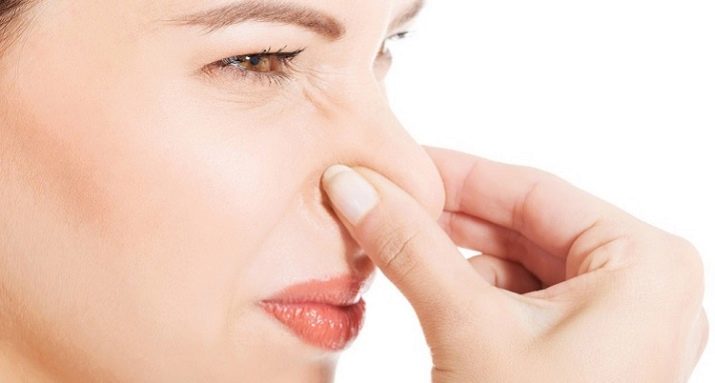
Also, the color of the product can also tell about improper storage: it will fade.
For information on how to make liquid soap with your own hands, see the next video.








